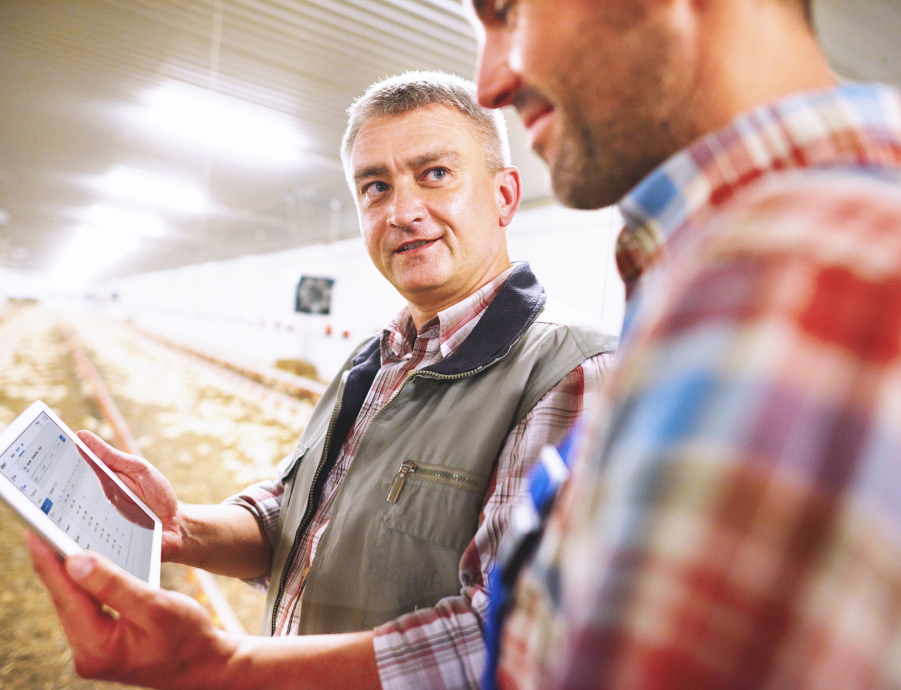
Connecting producers, technical teams, and agribusiness in the same location to get the same information and make unified decisions for efficient management is already a reality in animal production. Despite the countless benefits, real-time management still faces some issues in implementation, connectivity, and understanding of the technology.
In animal production, real-time means the time it takes for someone to inform an activity that occurred on the farm in the management system since it is with this information that managers make decisions about production. This inclusion time depends on the characteristics and organization of each farm, shaping the response time for the decisions that need to be made.
The quality of decisions is linked to the understanding of data, how and when they were collected, and what is necessary to act at that moment. Therefore, it is essential to understand the stages of the process.
Questioning the origin of data
Rather than knowing the time information inclusion takes, it is essential to understand the source of the data that will be used for decision-making. In order to do this, it is necessary to go beyond what is presented on the screen and deepen the knowledge about the origin and collection process of the information. Questioning how software, applications, and websites acquire the presented data is the first step towards a more accurate interpretation. Additionally, it is necessary to consider data reading and understand how they are translated into relevant information.
By understanding the origin of the data, the time of collection and inclusion in the system, and the logic behind their conversion into information, it will be possible to structure the organizational flow and formulate pertinent questions to support decision-making.
Another challenge of the present time is to develop the ability to question and analyze data inputs, understanding how information has been translated to support decisions. In this two-way street of understanding the timing of events and questioning them, it is necessary to recognize that quality is not about being better, but about making the most appropriate decision for the moment.
Decisions are about the now
For all of this to work perfectly, it is essential that strategy, structure, processes and people are aligned and pursuing the same goal: to produce more and better.
Would you like to learn more about real-time management and how it can be used on your farm? Discover Agriness’ various solutions for real-time production in swine, poultry, and dairy farming.

